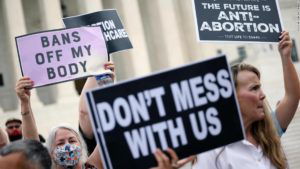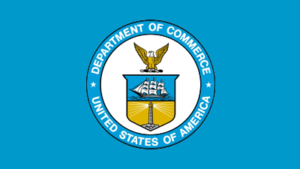
Seaman Alleges Workplace Negligence Alleged Caused Permanent Disability
Oct 26, 2015
Austin, TX (Law Firm Newswire) October 26, 2015 – John Russ Pearson is claiming negligence in his personal injury lawsuit against Buffalo Marine Service Inc.
Pearson, a seaman, was at work on the marine vessel San Kennedy when in the process of docking it and its tow, a line snapped and struck him, causing him to fall to the deck and sustain serious injuries.
According to the statement of claim, Pearson endured impairment, suffering, pain, disfigurement, loss of earnings and medical expenses. His lawsuit further alleges that Buffalo Marine Service Inc. failed to train or properly supervise the crew, have policies in place that would have averted the accident, failed to provide a safe workplace or put safety measures into place to protect workers.
“In cases such as this, negligence has to be proven to the satisfaction of the court. Negligence means that when someone acts in a careless manner and causes injury to another, that individual or company, is usually legally liable for the harm,” said Austin personal injury attorney, Brooks Schuelke of Perlmutter & Schuelke, PLLC.
There are four elements that need to be present in a negligence claim: duty, breach of that duty, causation and damages. To prove negligence, the plaintiff needs to prove the defendant owed them a legal duty, that the duty owed was breached by actions or failure to act, that it was the defendant’s inaction or action that directly caused the plaintiff’s injuries and that the plaintiff was harmed as a result of the inaction or action.
An example of a legal duty owed to someone would be that of a physician to provide a patient with competent medical care. To prove breach of duty, a reasonable person is likely to be found negligent if that average, reasonable person, knowing what the defendant knew, would have acted differently than the defendant.
“The element of causation is relatively straightforward, requiring the plaintiff to demonstrate that the named defendant’s negligence directly caused an injury. Although there is another element to consider, and that is whether the defendant could reasonably have foreseen his or her actions may cause injury,” Schuelke said. The damages element refers to the court being able to compensate the plaintiff for an injury.
Cases like this need to have legal representation, as filing a lawsuit, gathering all the relevant evidence and preparing an arguable case for the court, are tasks a victim would not be able to accomplish on his or her own.
Learn more at http://www.civtrial.com
Perlmutter & Schuelke, PLLC
206 East 9th Street, Ste. 1511
Austin, TX 78701
Call (512) 476-4944
- Selfies Killing More People Than Sharks
Selfie danger is on the rise. In mid-September, a Japanese tourist at the Taj Mahal was taking a picture of himself and fell down stairs, leading to a fatal brain injury. In early September, a Houston teenager was killed taking a selfie with a gun. In August, a man was gored while trying to take […] - Energy Drinks Linked To Brain Injuries
A new University of Toronto study found that teenagers who drink heavily caffeinated energy drinks are more prone to traumatic brain injuries. In the firm, I see brain injuries in all sorts of situations — car wrecks, bicycle accidents, falls, etc. But for teenagers, the most common cause of traumatic brain injuries is sports. The […] - Another Wrong Way Crash In Austin
Early this morning (August 19th), Austin endured another wrong way crash, a wreck where a driver is driving the wrong way on a highway. Details are not out yet, but one man was killed and two women were critically injured following a head-on collision on I35 southbound near Airport Boulevard. When a wreck like this […]




